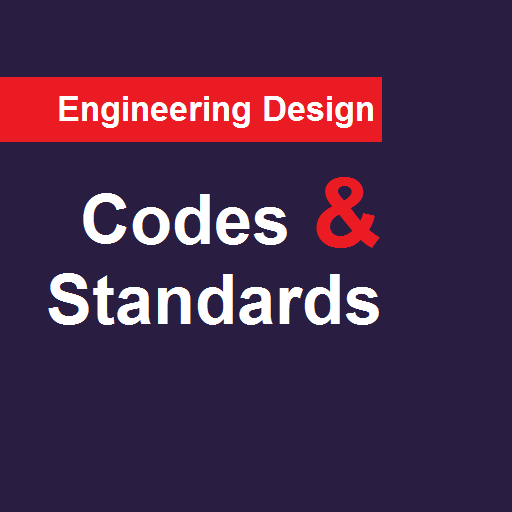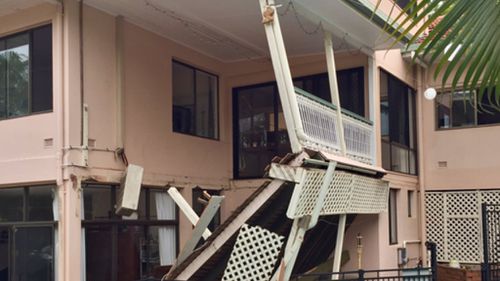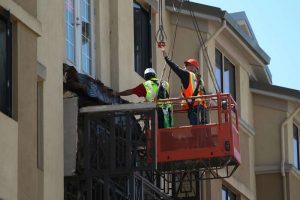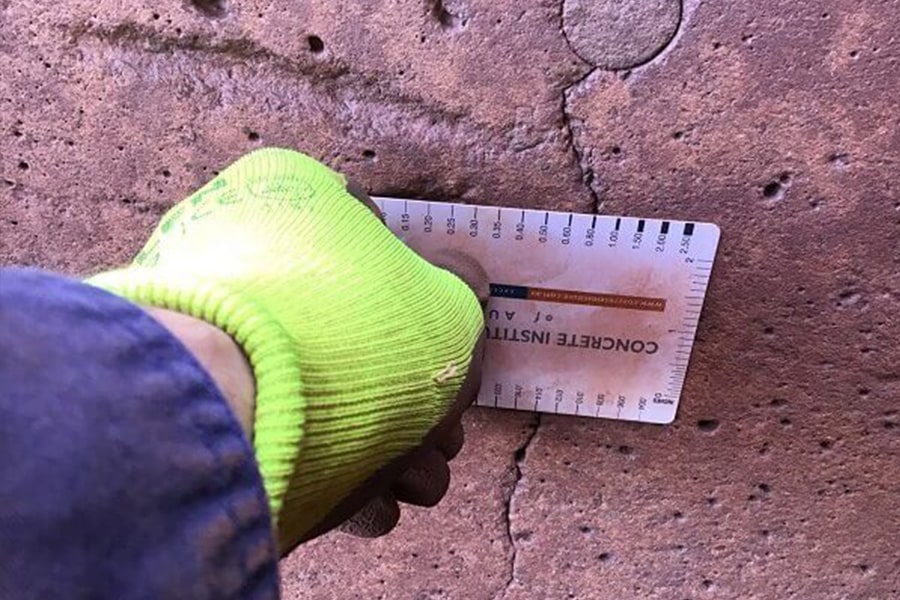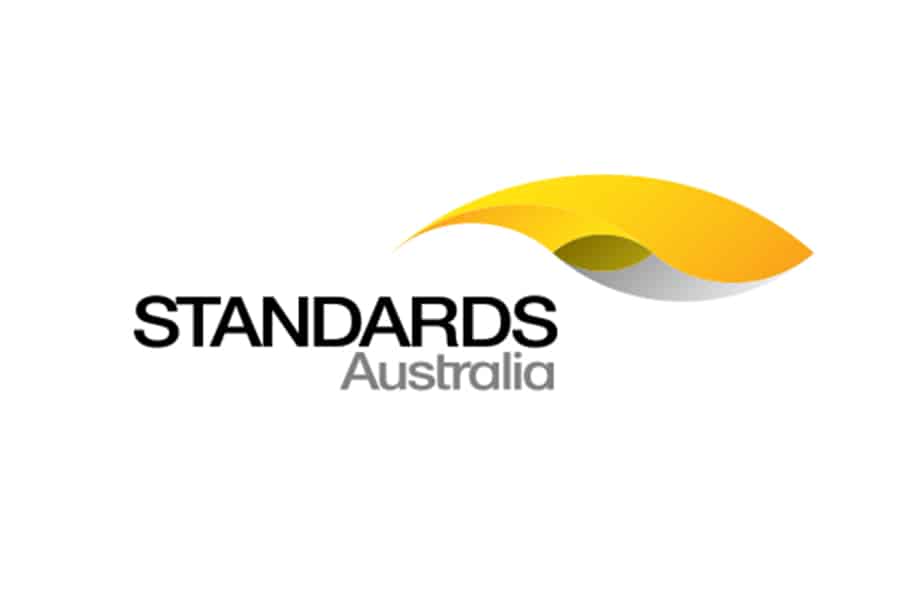Engineering is about managing risk. Sure we have codes to design with, but do you know that codes provide minimum requirements?
I believe that’s why most of our brick houses crack – “they’re within code” – but are we happy with the outcome that minimum requirements provide?
There are instances where the codes are good enough, and others where a project-specific set of design criteria is necessary.
For example:
A house balcony is designed for 2 kPa (200 kg/m2).
But if you’re planning on building or using one for heavy-metal dance parties, you should consider a larger design load and make the necessary changes.
Collapsed balcony (Image courtesy of 9News)
A rented Brisbane house balcony collapse as people were dancing on it. On the other hand, most get relatively unused, so it’s not appropriate that codes make us design all balconies for crowd loading (4 kPa).
Do we as a community really understand risk?
After hurricane Michael in Mexico Beach, Florida, there was one house that stood structurally unscathed but was surrounded by flattened houses.
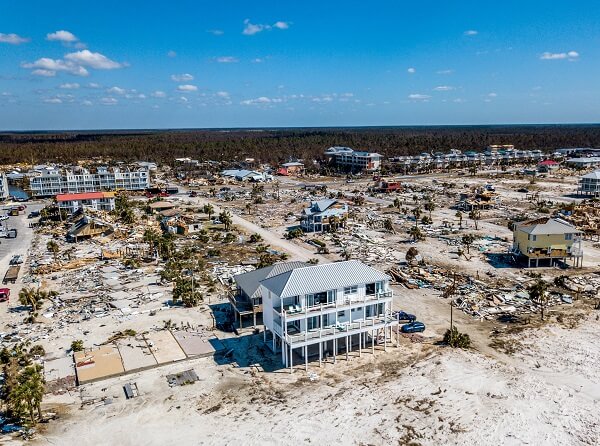
I’m pretty sure that the majority of homeowners in that photo were left wondering why their houses weren’t strong enough to withstand the hurricane like this one did.
Possibly blaming their engineers, builders, architects, regulatory bodies etc for insufficient design because they expected their house to be “safe”.
But the owner of that house wanted a “hurricane proof” house and the design was such that it would be more favourable to extreme loads than a “normal” design.
On the other hand, what’s the point of an expensive “post-disaster” house amongst an otherwise dysfunctional community with missing infrastructure?
Berkeley Balcony Collapse (Image courtesy of SFGATE)
“Safe” is not a word we should use in engineering. The word safe implies nothing can go wrong, but we really can’t say that.
We can say “safer” by performing more rigorous design or increasing the design loads. We can say “safe enough” if we’ve designed it according to the applicable codes.
These are relative terms and ensure we assess “safe” in the paradigm of “risk”.
Our codes are based on loads that have a 5% chance of being exceeded during the design life. And the standard design life is 50 years.
This implies the load won’t be exceeded in 1000 years. But that’s just a risk-based approach, that can go wrong. The bigger load can come in year 1 of 1000.
Actually that’s what happened when a larger bridge was constructed in Fitzroy River. After losing a few, the new bridge was designed for a 1 in 100 year flood, which arrived during construction!!
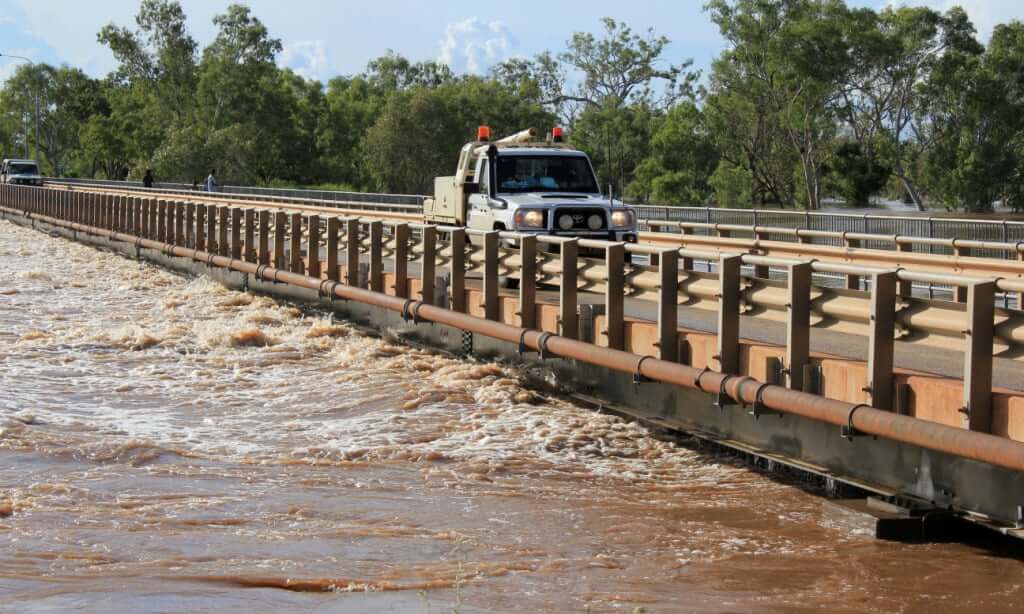
Conclusion:
- Get clear on the function and purpose of your structure, its design life, and your expectations.
- Accept risk, appreciating that it’s scientifically measured and calculated.
- Understand that a code rule is a minimum requirement.
